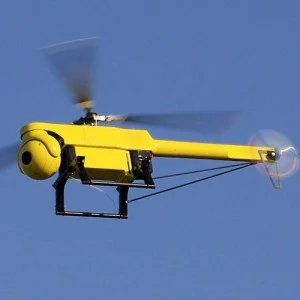The dip in oil prices isn't making a huge impact yet on the vast majority of U.S. shale production.
According to a report by research consultancy IHS Energy, most shale plays are economic and ~80% of potential drilling in 2015 would remain strong at WTI crude oil prices as low as $70 per barrel.
“Since 2008 the cumulative growth in U.S. tight oil production has been 3.5 million b/d—far exceeding supply gains from the rest of the world combined—making tight oil the key driver of global supply growth,” said Jim Burkhard, Vice President, IHS. “While current lower crude oil prices do present challenges for new investment, IHS analysis shows that the vast majority of potential U.S. supply growth in 2015 remain economical at $70 for WTI.” Jim Burkhard, VP IHS”
WTI traded at ~$76 on Monday, a nearly 20% drop since September. As a result, Bakken operators, including Emerald Oil, Inc., have already announced plans to potentially scale back their drilling programs in 2015.
Read more: Emerald Oil May Scale Back Bakken Drilling Program in Q1 2015
North Dakota’s Department of Mineral Resources (DMR) Director Lynn Helms updated lawmakers in October on the status of oil & gas development in the state. Helms said two factors could negatively impact oil production – lower oil prices and new flaring regulations.
Read more: Bakken Drillers Could Be Forced to Scale Back 2015 Efforts
Growth Still High, But Expected to Slow in U.S. Shale Plays
At lower prices, growth will slow, but still remain high, according to the report. In 2015, IHS estimates U.S. shale production will grow by 700,000 b/d at an average price of $77 per barrel in 2015. By contrast, in 2014, growth from U.S. shale plays was more than 1-million b/d.
“Expectations of the future—and the trajectory of oil prices—means that prices do not need to fall to the breakeven price before psychology, investment, and thus output, is affected,” Burkhard said.”
Approximately 80% of anticipated production has a break-even price between $50 to $69 per barrel, according to the report.





